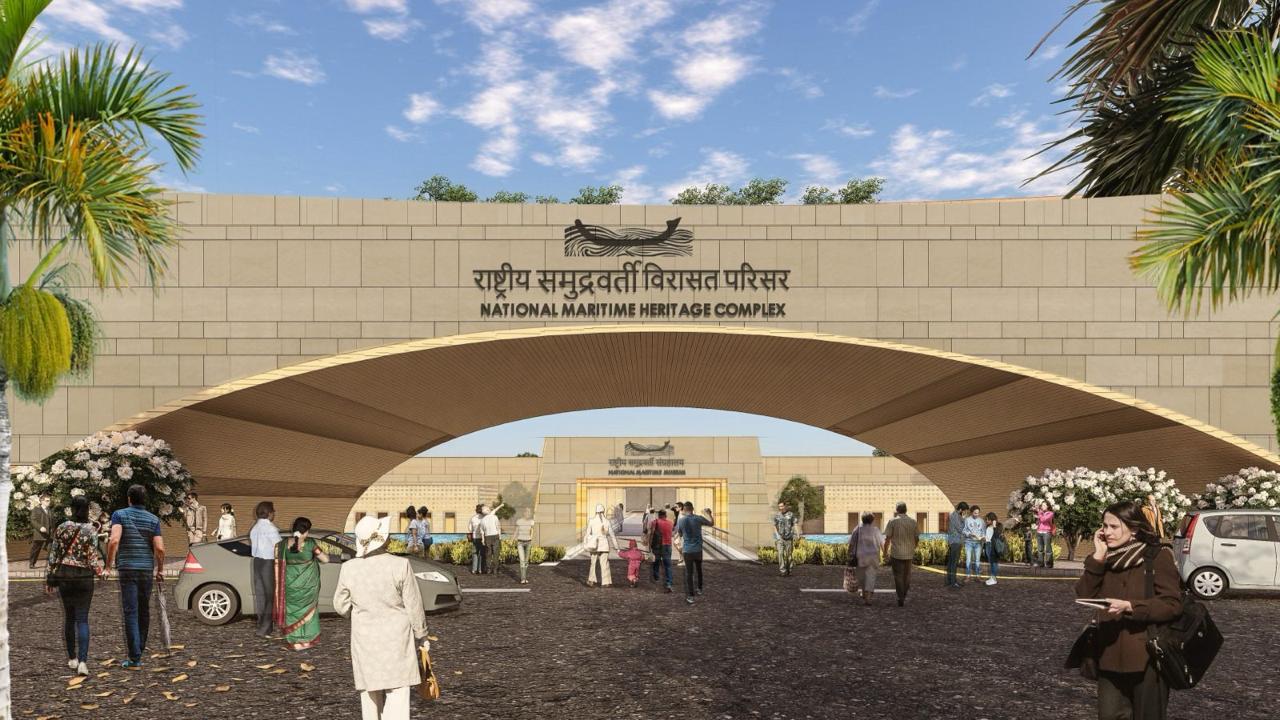~18th May, International Museum Day
~Museums of Gujarat Realise Prime Minister Shri Narendra Modi’s Vision of ‘Vikas Bhi, Virasat Bhi’
Gandhinagar, Gujarat, May 17, Gujarat’s Cultural and Historical Heritage Chronicled Through Landmark Museums Built Over the Last 25 Years.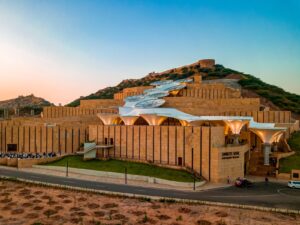
Government sources said, A museum is a space where valuable artefacts of history, culture, science, and art are preserved and displayed, offering knowledge, context, and an in-depth understanding of the past. Prime Minister Narendra Modi has stated that museums present reality based on facts and evidence, drawing from the past to make us aware of our responsibilities toward the future. Guided by his vision during his tenure as Chief Minister and now as Prime Minister, Gujarat has seen the establishment of several distinctive museums over the last two decades, showcasing the state’s rich history and culture to the world.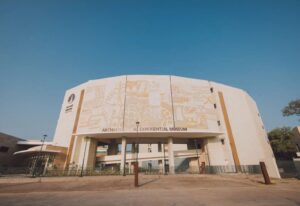
Most recently, under the leadership of Chief Minister Bhupendra Patel, India’s first Archaeological Experience Museum has been inaugurated in Vadnagar, celebrating the ancient city’s glorious heritage.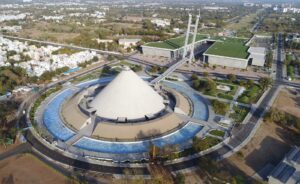
May 18 is observed as International Museum Day, and the theme for 2025, _The Future of Museums in Rapidly Changing Communities_, highlights the evolving role of museums in a world shaped by social, technological, and environmental shifts. In this context, let us take a closer look at some of the distinctive and renowned museums that have been established in Gujarat over the past two decades.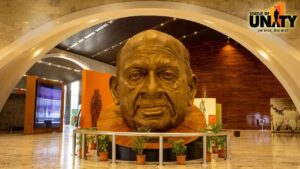
India’s first Archaeological Experience Museum at Vadnagar:
India’s first Archaeological Experiential Museum, the first of its kind, was recently established in Vadnagar, offers an in-depth insight into the city’s rich and multi-layered cultural legacy. Showcasing over 2,500 years of human evolution through artefacts unearthed during extensive excavations, the museum spans 13,525 square metres and houses more than 7,000 discoveries. Its 9 thematic galleries display the region’s art, sculptures, and linguistic heritage across different historical eras.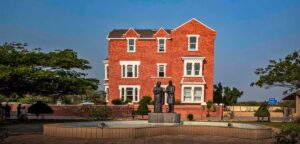
Bhuj’s Smritivan Among the Seven Most Beautiful Museums in the World:
Inspired by Prime Minister Shri Narendra Modi, the Smritivan Earthquake Memorial in Bhuj honours the 12,932 lives lost in the 2001 Gujarat earthquake. Spread over 470 acres, it features a lush Miyawaki forest, 50 check dams, and plaques bearing the names of the victims. A unique theatre recreates the quake through immersive tremors, sound, and light effects. Recognising its significance, UNESCO has listed Smritivan among the world’s seven most beautiful museums.
Dandi Kutir at Gandhinagar:
Situated in Gandhinagar, Dandi Kutir is India’s first high-tech museum dedicated to Mahatma Gandhi, the Father of the Nation. Housed in a 41-metre white conical dome symbolising a mound of salt, it commemorates the historic 1930 Dandi Salt March against the British-imposed salt tax. The museum portrays every aspect of Gandhiji’s life, from birth to death, through advanced technologies like 3D mapping, holography, 360-degree projections, and transparent LED screens.
Shyamji Krishna Varma Memorial:
In 2010, the then-Chief Minister Shri Narendra Modi inaugurated the Shyamji Krishna Varma Memorial in Mandvi, Kutch, after the return of the revolutionary’s ashes from Geneva. Known as ‘Kranti Tirth’ (Pilgrimage of Revolution), the memorial presents a timeline of key events from 1857 to 1947 and illustrated tributes to freedom fighters. It also features a replica of India House in London, reflecting Shyamji Krishna Varma’s commitment to armed revolution.
Statue of Unity Museum:
In 2018, Prime Minister Shri Narendra Modi dedicated the Statue of Unity, the world’s tallest statue of Sardar Vallabhbhai Patel, in Kevadiya, Narmada district. As part of the project, the Statue of Unity Museum was also inaugurated the same year. Located at the base of the towering monument, the museum features audio-visual displays, holograms, and interactive exhibits, while also showcasing tribal culture and regional heritage.
Shri Sthal Sangrahalay, Siddhpur:
Shri Sthal Sangrahalay, near the Bindu Sarovar complex in Siddhpur, Patan, is also known as the Siddhpur or Bindu Sarovar Museum. Proposed in 2010 by the then-Tourism Minister under the guidance of then-Chief Minister Shri Narendra Modi, it was inaugurated in 2017. The museum highlights Siddhpur’s rich history through three galleries: Tirth, History, and Society.
Lothal Maritime Heritage Complex (Under Construction): To realise Prime Minister’s vision of ‘Virasat Bhi, Vikas Bhi’, the National Maritime Heritage Complex is being developed at Lothal. Showcasing India’s 5,000-year-old civilisation and global trade practices, the complex will feature a miniature recreation of Lothal depicting Harappan architecture and daily life. It will include four themed parks—Memorial, Maritime and Navy, Climate, and Adventure and Amusement. Fourteen galleries will trace India’s maritime heritage from the Harappan era to the present, along with a Coastal States Pavilion showcasing the maritime traditions of Indian states and Union Territories.
Proposed Museums to be developed in Gujarat:
Soon, several unique museums will be constructed in Gujarat. The proposed museums are as follows:
Museum of Royal Kingdoms of India, Ekta Nagar: Gujarat Vandana Museum, Ekta Nagar, National Tribal Museum, Ekta Nagar
• Veer Balak Udyan, Ekta Nagar
• Tana Riri Music Museum, Vadnagar
• Dwarka Museum, Dwarka
• Shri Zaverchand Meghani Museum, Chotila
The state government is actively working to upgrade existing museums to international standards. Modernisation of the Tribal Museum in Saputara and the Rajmata Nayikadevi Museum in Patan is already underway. Simultaneously, efforts are in progress to transform the Baroda Museum and Picture Gallery, the State Museum in Junagadh, and the Watson Museum in Rajkot into world-class institutions.
Guided by the leadership of Chief Minister Shri Bhupendra Patel, Gujarat remains committed to preserving its rich history and cultural heritage while presenting it to a global audience.
